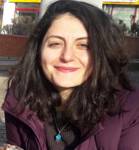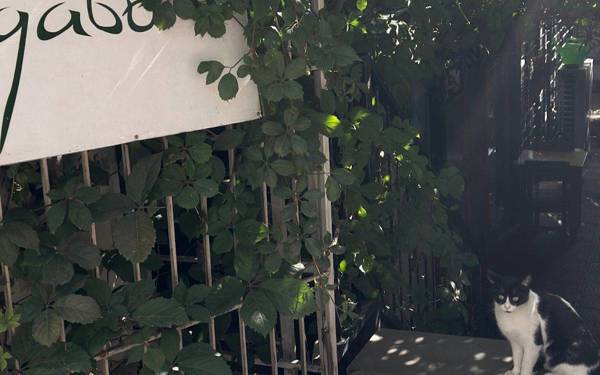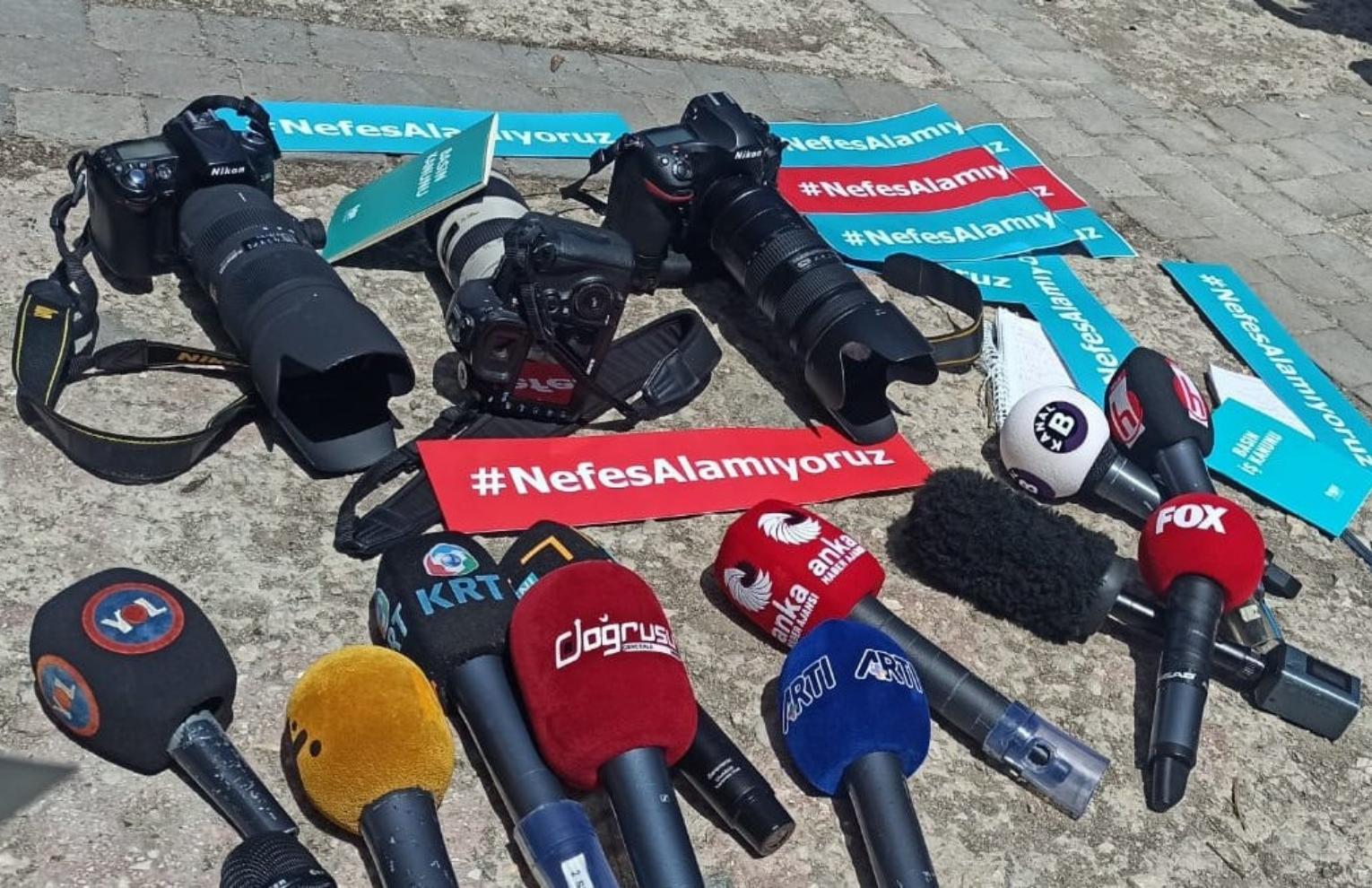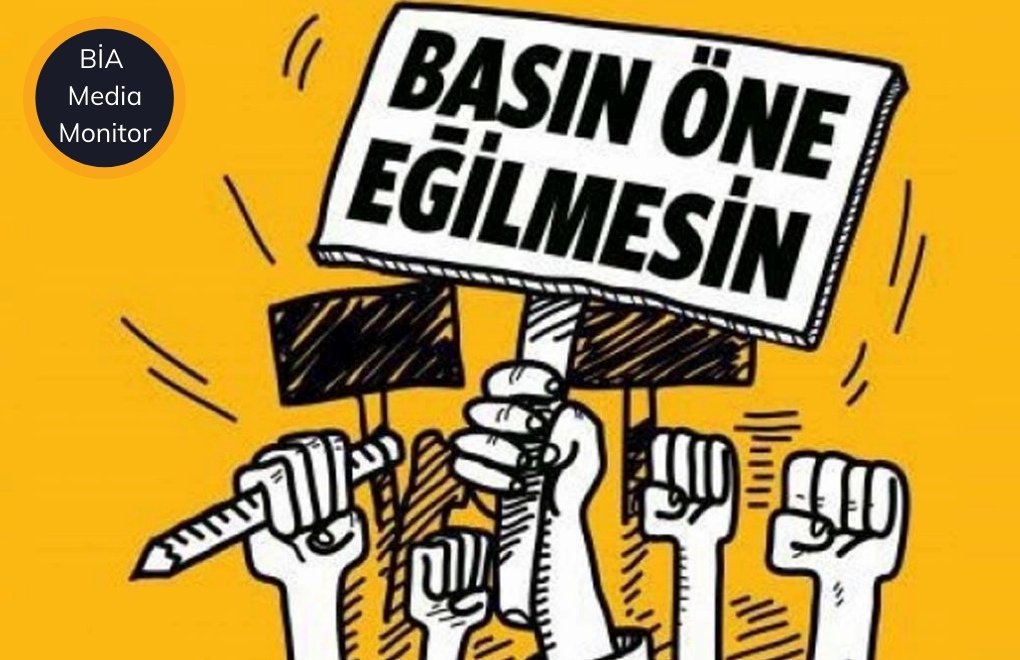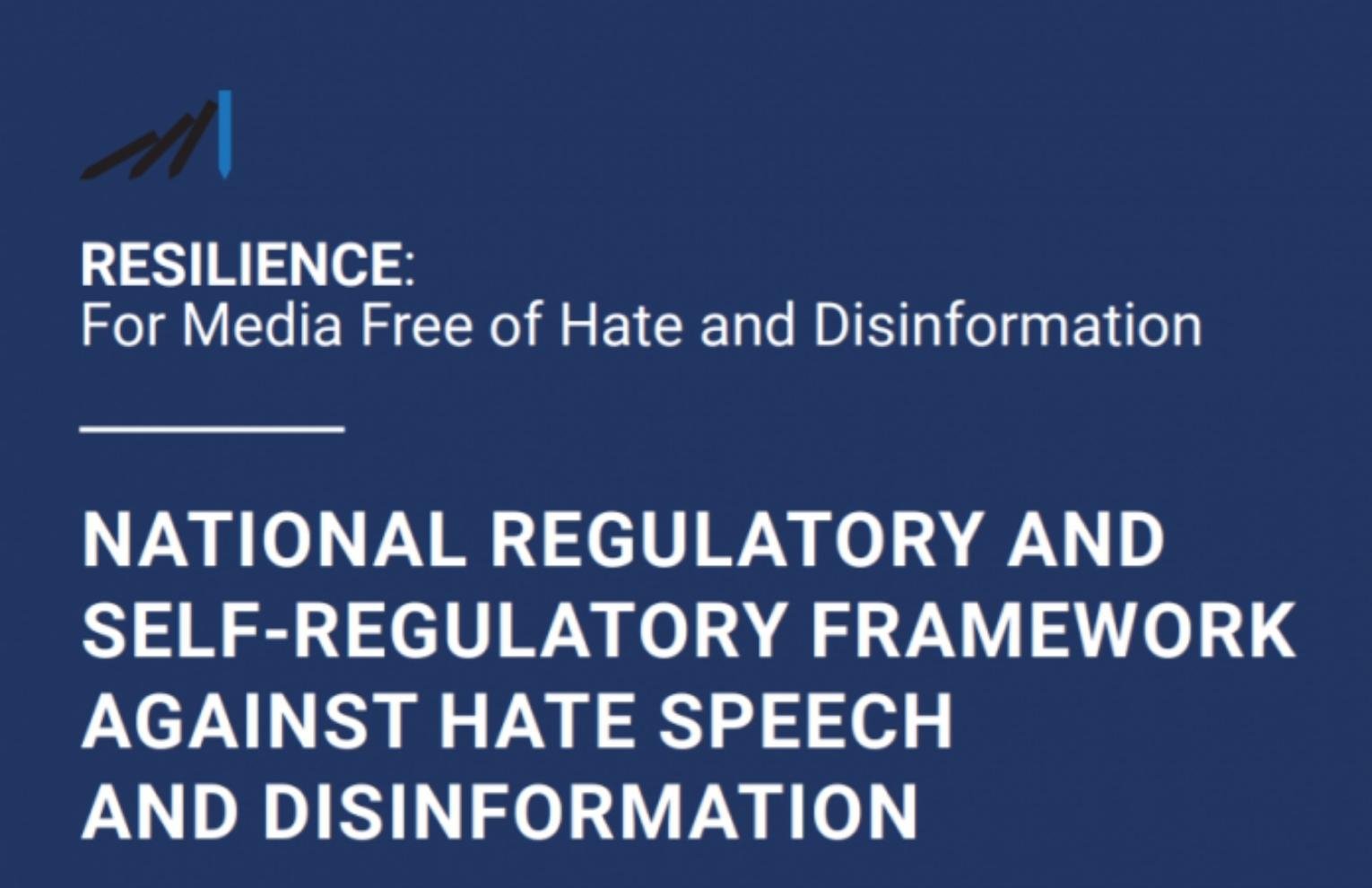* Photo: Total Shape
Click to read the article in Turkish
Half an hour ago, we have given out the 'om' sound together though. That is 'Aum' in Sanskrit. You start your yoga practice with this sound. According to yogaturkiye.org, 'aum is the absolute universe. It is the absolute. It is the past; the present; and the future; beyond the time... Aum is a universal word and there are different pronunciations of it in different cultures, but its essence is the same.'
'Om' also refers to communion with the universe, power of focus, and a meditative serenity. The vibration created by this sound allows adaptation to the universal life energy. This article is not about sublimating yoga, but we care about this basic information because it is significant.
Back to what I was telling, we started with our 'om' sound and we continued with the practices. I am not going to write down the Sanskrit counterparts of these practices. We strike poses of downward facing dogs, cat and chair poses etc. We love doing these practices; they are not the issue we are talking about here. Anyway, here comes the time for the essential pose 'plank'.
Plank and Iraq
Stand as long as you can. We are counting 1, 2, 3. We continue breathing and our instructor is counting again, to increase our motivation and to make us feel better while counting. And then, saying 'hang on', he utters the sentence that has encouraged me to write this article: 'Hang on, if you stand a little more I'll send you to Iraq.' 'Yes, hang, okay, aaand... release slowly,' says laughing, and he invites us to this feeling so we do not complain!
I tell to my inner voice that he literally said this: if you continue standing in this pose, your body will be strengthened, you will be better focused, you will be able to fight and kill people. (We know that 'going to Iraq' is an ordinary symbol and what it means in 'national' memory by means a number of ways of learning and knowing.) Yes, friends, I say, even though we were practicing yoga, our instructor sacred the war in a very ordinary way.
Because, for the militarist mindset, bodily strength represents readiness for war at any moment. So neither plank, nor universal awareness, nor spiritual tranquility! But a sheer warlike-ness! Naturalization of killing and violence! That is, reconstructing the values of social life (say, yoga in our case) around military references (such as exalting military values and war).
Which one should we start with?: The masculine character of the militarist ideology? (The trainer was also a male himself, by the way). Aestheticizing the physical force with military references? Or adapting these references to social life through naturalization?
Anxiety over Pacifism
We understand social psychology to a degree, don't we?
For us, the rest is the history of everyday life, the reconstruction of the militarist discourse in daily life. But what we faced with is the militaristic manifestations of killing to achieve bodily discipline and focus. It must have been a meditative relaxation, right?
Why, I ask, Why? First of all, why would a person engage so much in the idea of war (the idea of death and killing)? To quote from Öztan, because 'the search for humanism and universal peace according to the militarist preconceptions is a deception that weakens states and incapacitates nations'. (1)
Well, how about the Universal Essence? The sense of awareness and humanism in yoga? Believe it or not, this is not our question, nor is it whether yoga is a practice of a privileged class or not. The point is to illustrate that the militarist mentality is a part of the nationalistic identity performance and to remind again, in a strange context, how this mentality dominates everyday life. It can be said that it is a step from the ideal citizen towards the ideal (local, national [milli] and militarist) yogi.
Militarist discourse blends with popular motifs (yoga?) and reproduces itself in everyday life (that is, the political one) through nationalist performances. This is nothing but the domination of the ordinary fiction of the army-nation myth over daily life. Because this myth 'has made it difficult to construct a civilian space independent of the military domain'. (2)
Through these myths, therefore, the militarist discourse creates a symbolic reference, which, by age-old practice of memorization, incorporates the image of the 'enemy' into an eternal category. Thanks to this memorization, any preparation based on 'killing' is legitimized, and subjects who are ready to fight are created. These subjects continue to shape everyday life with the mediocrity of militarist discourses.
The above-mentioned example actually contradicts with the principle of non-contradiction. That is to say, yoga cannot contain both tranquility-awareness and violence, right? Or this is just an example of how ordinary everyday practice has been reshaped by the influence of militarist ideology. Quite banal, quite familiar. (SA/SD)
References
1: Öztan, G. G. (2018). Türkiye'de militarizm: zihniyet, pratik ve propaganda [Militarism in Turkey: mentality, practice, and propaganda]. Ayrıntı Publishing
2: Altınay, A.G & Bora, T. (2002). Ordu, Militarizm ve Milliyetçilik. Modern Türkiye'de Siyasî Düşünce, cilt 4 [Army, Militarism, and Nationalism: Political Thought in Modern Turkey], der. Tanıl Bora, İstanbul: İletişim. p. 143.




